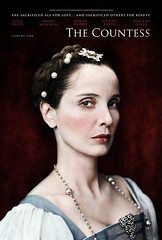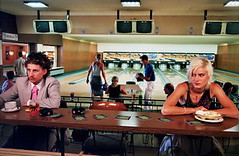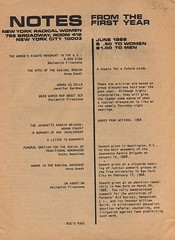Marquee Moon (1977) – Television
I was 16 or 17. D____ gave me this record. He didn’t like it or didn’t know what to make of it. To the last of knowledge, he lives on the Canary Islands. I don’t know where he got the record from. I no longer have this album. The World Dance Music classics category has been renamed to World Music Classics.
Marquee Moon is New York Television‘s post-punk outfit 1977 debut album. Television originally wanted to record Marquee Moon with veteran jazz recording engineer Rudy Van Gelder (John Coltrane‘s A Love Supreme, most of the classic Blue Note Records catalog) at his legendary recording studio. The album cover features a portrait of the band taken by Robert Mapplethorpe, who also took the cover of fellow CBGB rocker Patti Smith‘s Horses album. A cover version of the title track was recorded in 1990 by the Kronos Quartet for the compilation album Rubáiyát. The song “Marquee Moon” was done in one take; drummer Billy Ficca thought that they were rehearsing.
See previous entries in this series.





